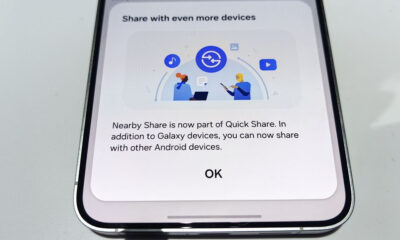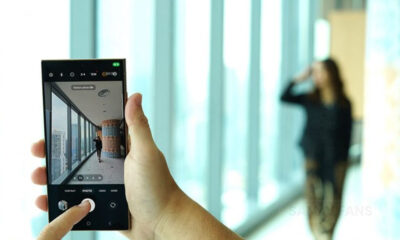Android
Android Auto gets WhatsApp calling feature via Samsung and Google phones
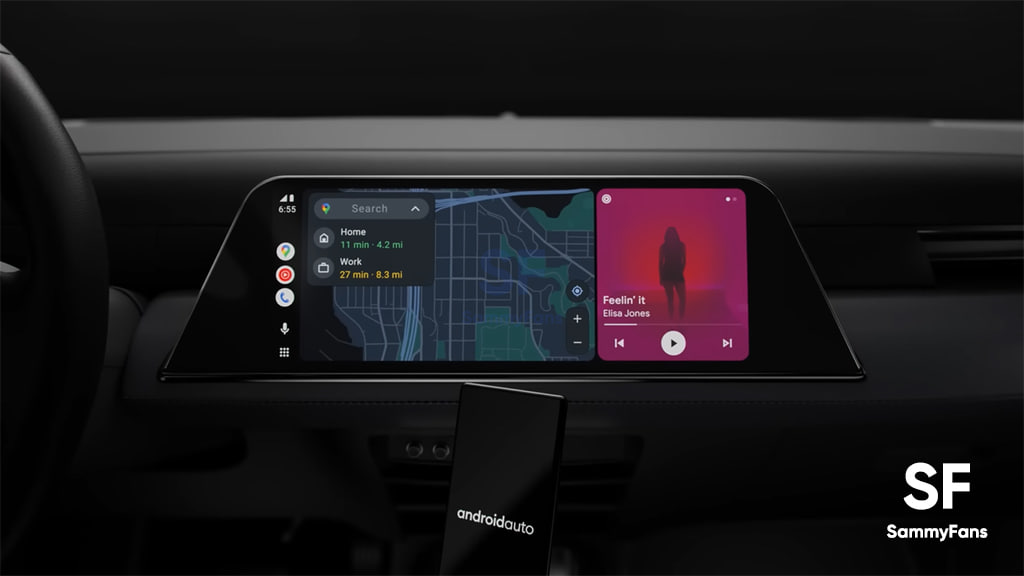
WhatsApp is not just an online messaging platform, but it also allows users to make phone and video calls. At CES 2023, Google announced the rollout of the revamped Android Auto for all consumers as well as WhatsApp calling feature support for select Samsung and Pixel phones.
According to the information, users will be able to make calls using WhatsApp with Android Auto. The feature is initially available for the latest Pixel and Samsung smartphones. Besides, regular phone calls, you will be able to make and receive WhatsApp calls too from now on.
Follow Sammy Fans on Google News
Apart from WhatsApp calling support, Google detailed that the new Android Auto design prioritizes three important goals for drivers: navigating where you’re going, communicating with friends and family, and playing your music or podcasts. Here are some major things of the new visual changes:
- Maps is now closer to the driver’s seat so that you can see where you’re going at a glance.
- The new media card includes the best of Material You to feature your favorite album art, and the added quick launcher lets you quickly access recently-used apps.
- The split screen layout is also adaptable to different screen sizes
Created by Google, Android Auto is a great companion which allows you to connect your Android phone to your car display. Starting today, it gets a new experience, which was first previewed at Google I/O. The new design and features will give you a more personal while driving.

| Source |
Android
Google Android 15 Beta 1.2 rolling out with essential fixes

Google has pushed a new beta update of the Android 15, version 1.2, just three days after the last update (Beta 1.1). This update can be identified through version AP31.240322.027, which is upgraded from previous version AP31.240322.023 and includes the April 2024 security patch.
The update is available for all compatible Pixel devices, including the Pixel 6, 6 Pro, 6a, 7, 7 Pro, 7a, Pixel Tablet, Pixel Fold, Pixel 8 and 8 Pro models. This quick release of the Android 15 Beta 1.2 update brings some essential bug fixes to enhance user experience and system stability.
The fresh beta update of Android 15 contains the following fixes:
- Fixed an issue that sometimes caused apps to freeze and display an “Application Not Responding” message.
- Fixed a system performance issue that caused excessive battery drain in some cases.
- Fixed an issue that caused the system Settings app to crash when trying to add a fingerprint.
- Fixed an issue that prevented the system back gesture from working in some cases.
- Fixed an issue that could cause the screen to flicker repeatedly.
Those enrolled in the Android Beta for Pixel program will receive this update automatically.
![]()
Stay up-to-date on Samsung Galaxy, One UI & Tech Stuffs by following Sammy Fans on X/Twitter. You can also discover the latest news, polls, reviews, and new features for Samsung & Google Apps, Galaxy Phones, and the One UI/Android operating system.
Do you like this post? Kindly, let us know on X/Twitter: we love hearing your feedback! If you prefer using other social platforms besides X, follow/join us on Google News, Facebook, and Telegram.
Android
WhatsApp to introduce reaction notification feature for status updates
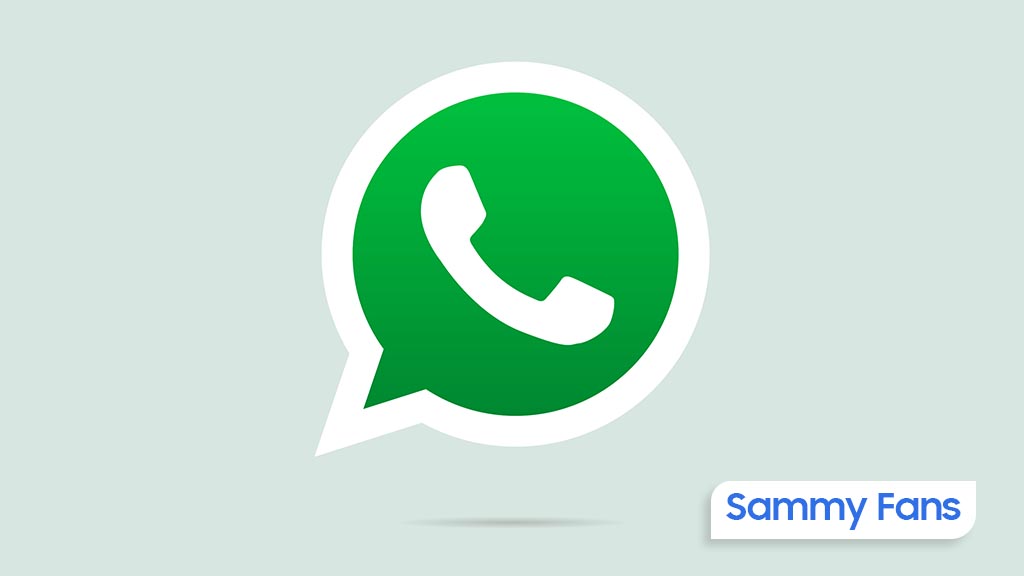
WhatsApp for Android is rolling out a new beta update, which enhances user interaction with status updates by developing a new reaction notification feature. Users can identify the new beta update through version 2.24.9.29 on Android devices.
Previously, WhatsApp had been working on a quick reaction feature. The latest beta version goes a step further by providing an option to turn off notifications for ‘Like reactions.’ This means users can choose not to be notified every time someone reacts to their status, which could be particularly useful for those who receive many reactions.
This feature is beneficial as it allows users to reduce disruptions by preventing their notification panel from being cluttered with WhatsApp reaction notifications. But for those who prefer to view reactions at their convenience, this update will allow them to do so without the constant alerts.
Moreover, WhatsApp aims to enhance users’ control over their notifications and let them decide how they want to engage with status updates. This update is still under development, so stay tuned more details will be shared as they become available.
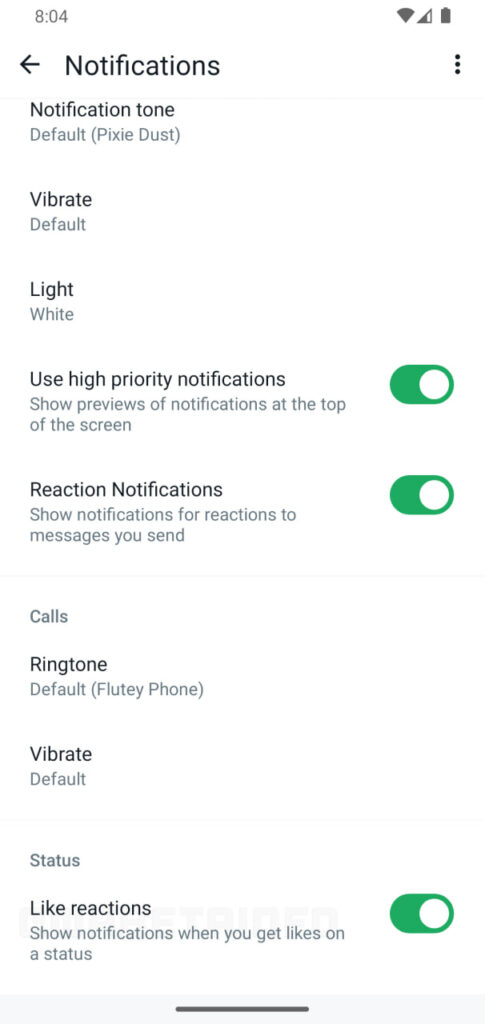
Stay up-to-date on Samsung Galaxy, One UI & Tech Stuffs by following Sammy Fans on X/Twitter. You can also discover the latest news, polls, reviews, and new features for Samsung & Google Apps, Galaxy Phones, and the One UI/Android operating system.
Do you like this post? Kindly, let us know on X/Twitter: we love hearing your feedback! If you prefer using other social platforms besides X, follow/join us on Google News, Facebook, and Telegram.
Android
Google Android 15 Beta 1.1 update fixes NFC issue and more
Google has released the Android 15 Beta 1.1 update for pixel devices, which includes a series of bug fixes following the previous version released two weeks ago. It is available for several Pixel devices, from the Pixel 6 to the Pixel 8 Pro, including the Pixel Tablet and Pixel Fold.
Identified via version AP31.240322.023, the Android 15 Beta 1.1 update comes with the latest security patch for April 2024. It addresses several issues, particularly with NFC which had been causing disruptions in wallet applications and other related system functions.
Moreover, the update resolves a problem that caused crashes in the Developer Options settings screen. It also fixes issues that were preventing some devices from properly updating to the initial Beta 1 release. Additionally, a fix has been implemented for a problem related to text clipping during printing tasks.
For users who are part of the Android Beta for Pixel program, the Beta 1.1 update will be provided as an over-the-air (OTA) update. Users can also manually install the update to enjoy error-free and enhanced service.

Stay up-to-date on Samsung Galaxy, One UI & Tech Stuffs by following Sammy Fans on X/Twitter. You can also discover the latest news, polls, reviews, and new features for Samsung & Google Apps, Galaxy Phones, and the One UI/Android operating system.
Do you like this post? Kindly, let us know on X/Twitter: we love hearing your feedback! If you prefer using other social platforms besides X, follow/join us on Google News, Facebook, and Telegram.




